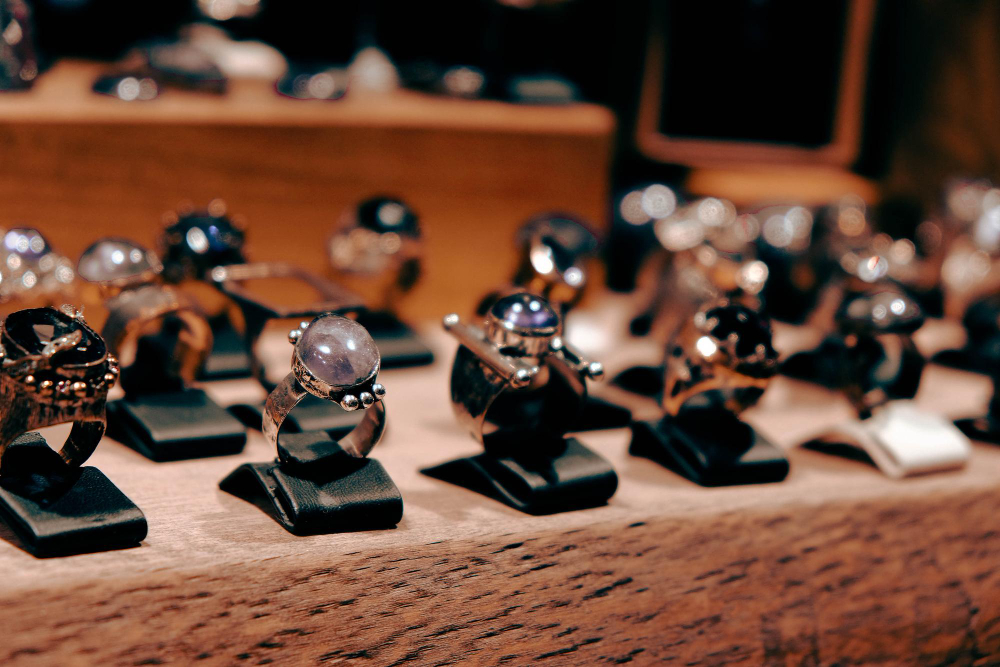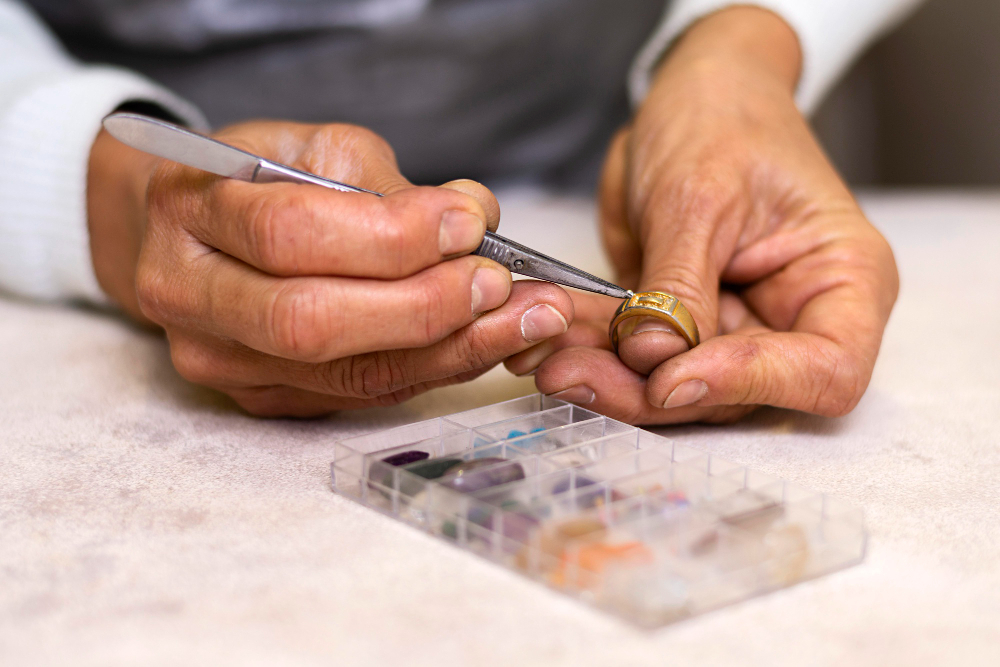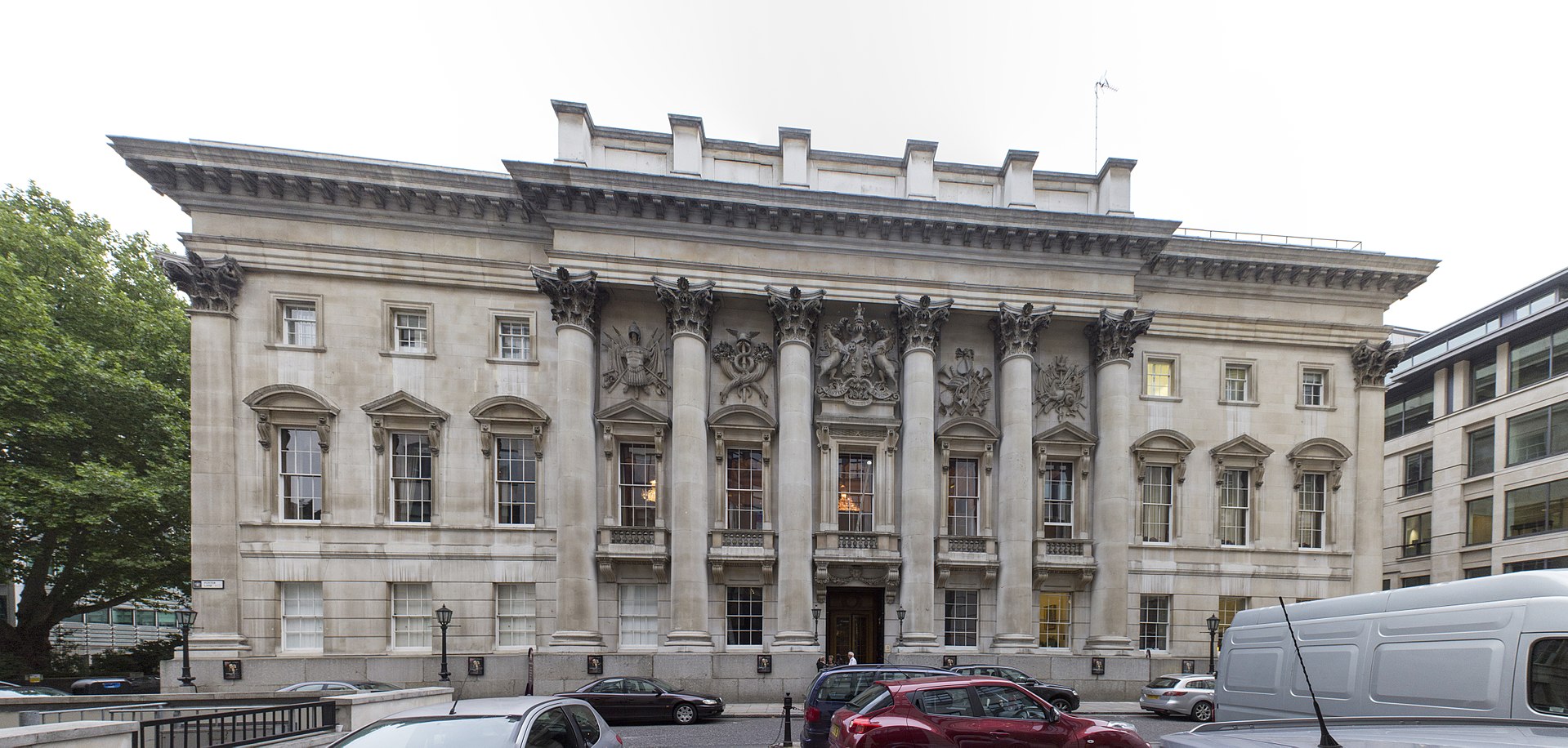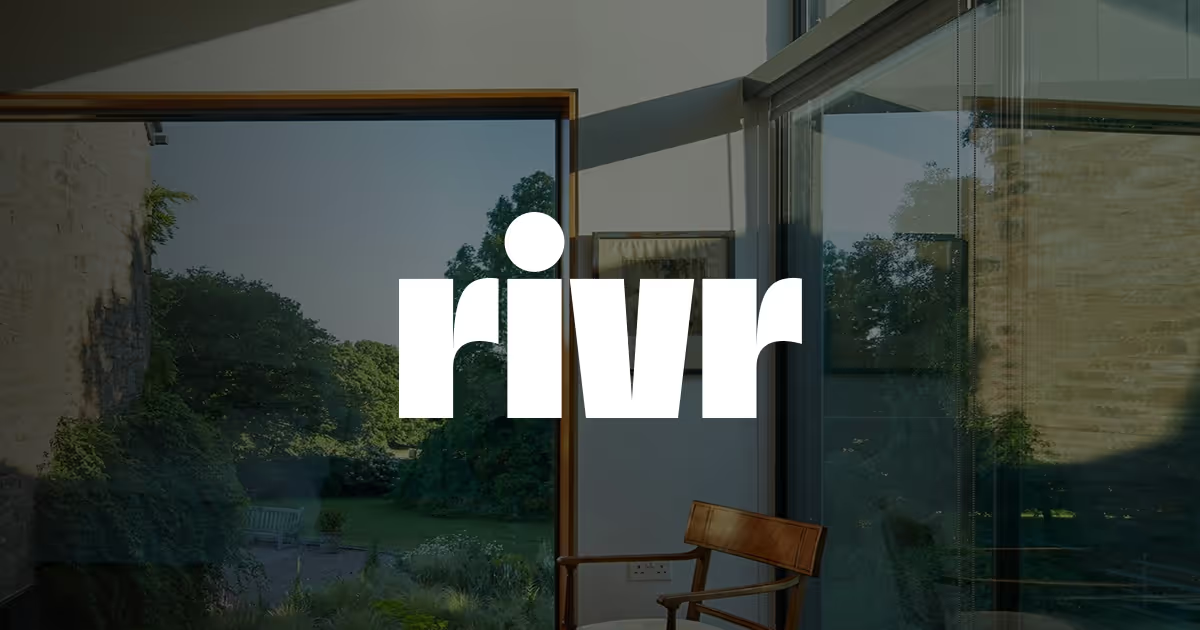
Where Can I Get Jewellery Valued For Free?
Free options exist, though what you receive is often an estimate rather than a formal document. In practice, getting a 'free' jewellery valuation usually means approaching an auction house or using an online submission to obtain an indicative price for sale.
By contrast, a written report for insurance or probate is a paid professional valuation carried out by a qualified valuer. With rivr contents cover, high value jewellery stays straightforward: keep independent reports on file, specify only single items over £25,000, and benefit from 60 days of automatic cover on new purchases while you arrange valuations.
In this guide, we explain when free routes are useful, when a paid report is the better course, and how to choose a valuer with the right knowledge and expertise for your jewellery.
What “free” usually means
When people search for a free jewellery valuation, they are usually seeking guidance on likely sale outcomes. Auction houses and some online platforms provide free, obligation estimates to encourage selling jewellery through their salerooms. You submit photos, details, and a brief history. In return, you receive an indicative price range aimed at attracting buyers in today’s market.
These free estimates are helpful for scoping jewellery worth and testing demand across gold, silver, platinum, and mixed precious metals. They can also be a quick way to gauge interest in diamonds, coloured gemstones, watches, or coins. However, the output is not a signed report and usually lacks measured specifications or laboratory testing. Think of it as a steer to help you arrange next steps for selling, not a document you can use to insure individual items.
For context, auctioneers regularly host free valuation days and digital clinics; the result is typically an email or conversation that outlines a guide price and whether the piece should be offered in a specialist auction. That can be ideal if your priority is exposure to a global audience of buyers, but it is different from a paid, written valuation for insurance or legal needs.
Auction houses and online estimators

Most auction departments invite online submissions. To improve an estimate, send sharp images taken in natural light, multiple angles, and a close-up of any hallmarks. Add concise notes on age, condition, and any servicing, especially for watches. Include visible weights, ring sizes, and stone counts. Mention if there are maker’s marks, serial numbers, or interesting provenance.
If you have box, papers, or lab certificates, say so, as they influence value and buyers at auction. Examples of free estimate pages are common across UK salerooms that run “valuation days” and email appraisal services for selling jewellery.
Accuracy limits and what you won’t get
A free jewellery valuation for selling is not an insurer-grade document. Expect an indicative range, not an accurate replacement figure. Without gem testing, metal assay, or stone grading, important factors like colour, clarity, cut and carat can be unknown, particularly for diamonds and other gemstones.
You will not receive a signed report, methodology, or a description detailed enough for insurance purposes. That means an insurance company may not accept it if you later make a claim.
How to find a free estimate near you
Start by shortlisting two or three salerooms with good results in your category, whether gold rings, silver coins, vintage watches, or period jewel suites. Most will offer a free digital appraisal route where you upload images and details.
Ask whether you will receive a range and any guidance on reserve settings or consignment terms. If you prefer to meet in person, attend a local valuation day. Keep in mind that free estimates exist to drive consignments into auction; there is no obligation, but you may be encouraged to sell.
For diamonds and high-end gemstones, a laboratory grading report can support both selling and insurance discussions. The Gemological Institute of America outlines what appears in a Diamond Grading Report, including the 4Cs and plotted clarity diagram. A lab report is not a valuation, yet it adds objective details that help a valuer assign a more accurate value.
Step-by-step
- Check nearby salerooms for “free valuation day” dates or online submission forms.
- Upload clear photos, a hallmark close-up, weights or sizes, and short condition notes.
- Request the output format: verbal guidance or an email range, not a formal document.
- If you arrange an appointment, ask about consignment fees and timelines before you commit.
Red flags to avoid
Quick checks help you steer clear of poor valuation experiences. Watch for:
- A “valuation” offered without credentials, clear purpose, or a named valuer.
- No explanation of the basis of value, such as retail replacement, sale, or probate.
- Lack of itemised details: no photos, weights, measurements, stone grades, or hallmark notes.
- Reluctance to sign the report or put a name, business address, and date on it.
- Pressure to consign or sell on the spot, or vague promises on price before proper inspection.
- Fees that are not set out in writing, or fees quoted as a percentage of value without explanation.
- Claims that an “insurance valuation” can be issued without seeing the item when testing or measurement is needed.
- Unwillingness to answer basic questions or provide a simple outline of process and timelines.
Choosing a qualified valuer for paid reports

For valuations intended for insurance purposes or probate, work with professionals whose credentials you can confirm. The Institute of Registered Valuers directory lets you search by postcode for specialists in jewellery, watches, and silver who are regulated by the NAJ and follow a Code of Practice. The IRV describes itself as the uk's leading authority, and its members and appraisers exist to uphold exacting standards.
The Jewellery Valuers Association also lists vetted specialists. Use the directory to check current registration, then speak to the valuer about scope, basis of valuation, and document format before you pay. Ask who will examine the jewellery, whether stones will be unmounted, and what identification tools are used. For some complex or rare pieces, the valuer may suggest additional lab testing to confirm species or treatments.
Use both directories to shortlist specialists near you, then compare fees, turnaround, and what is included. A good valuation service sets expectations upfront, states whether cleaning or adjustments are included, and explains if any additional lab costs might apply for diamonds, coloured stones, or coins.
Assay Office services

Assay Offices also provide paid consumer valuation routes. Birmingham details Direct Valuations with secure drop off or post in, and an in home option for larger collections. These are not free, but they produce the documentation insurers prefer.
UK Assay Offices:
- London Assay Office (Goldsmiths’ Company), London. Offers jewellery valuations to trade and consumers via its valuations page.
- Birmingham Assay Office, Birmingham. Direct Valuations, home valuations, and postal or drop off submissions.
- Sheffield Assay Office, Sheffield. Primarily hallmarking and analytical services; check availability or use local qualified valuers if a consumer valuation is required.
- Edinburgh Assay Office, Edinburgh. Primarily hallmarking; contact the office to confirm any valuation options or referrals.
Fees, turnaround, and practical prep
Fees are usually per item or time-based. Expect a minimum charge and an incremental price for complex reports, multi-stone diamonds, prestige watches, or significant provenance research. Some practices add a document or admin fee to bind schedules and images. You pay more where testing, stone unsetting, or advanced photography is needed. Probate or other obligation valuations may be quoted as a project due to the volume of items valued.
Most valuers will outline the process before you book. Ask how and where your pieces are held, whether they’re insured during custody, and what happens if gemstones need to be unmounted. Confirm if cleaning is done, and whether you will receive both printed and digital copies. Good communication builds confidence and helps protect the owner throughout.
Typical timelines
Straightforward reports can be turned around in days, while multi-piece collections, rare antiques, or complex watches may take a few weeks. Allow more time if lab reports, provenance checks, or replacement sourcing estimates are involved. During busy market periods (for instance, pre-Christmas), lead times may stretch.
Preparation checklist
Revaluations and ongoing records
Values move with retail pricing, metal costs, and availability. As general guidance, many households update valuations every two to three years for insurance purposes, or sooner after significant market changes in gold, silver, or platinum.
If you change insurer, upgrade settings, or add stones, arrange an update. Keep a digital set of photos, scan your reports, and store originals securely. Well-kept records support cover discussions, can help at auction or sale, and improve outcomes if you ever need to make a claim.
Protect your valuables with rivr

rivr delivers high-value home insurance designed for clients with significant jewellery collections. We work closely with registered valuers to keep jewellery valuations current and accurate.
By maintaining written valuations and keeping sums insured aligned, you safeguard your jewellery and watches with clarity, accuracy, and an premium level of support.
Find the right cover for your jewellery and valuables today.
Read more
Frequently asked questions
Look for free valuation days and digital submission pages at local auction houses. You will receive an estimate aimed at selling jewellery, often by email. It is useful for setting expectations with buyers, but it is not a written report.
For paid documentation, shortlist a qualified valuer through the IRV or JVA directories. This ensures the right expertise and knowledge for your jewellery. For paid documentation, shortlist a qualified valuer through the IRV or JVA directories.
Usually not. Free or informal valuations often lack testing, signatures or full descriptions, so most insurers don’t accept them.
Rivr only requires valuations for single jewellery items over £25,000, and they must be professional and up to date. New purchases are covered automatically for 60 days (up to 25% of your contents sum insured) while you arrange this.
Not usually. Auction valuations focus on sale or reserve prices, not retail replacement value. For insurance, use a qualified valuer and request a retail replacement valuation to ensure the right cover.
We recommend updating valuations every two to three years, or sooner if you change a setting, add stones, or notice major price shifts in gold or diamonds. This keeps your sums insured accurate and avoids underinsurance. Rivr requires valuations for items over £25,000.
Yes. Many professional valuers offer in-home valuation services for large or valuable collections.
Bring prior reports, boxes, receipts, maker papers, and any lab certificates. Include measurements, stone counts, and any purchase details. A short word on presentation: clean, safe packaging and labelled bags save time, reduce handling, and help the process stay accurate.
High-value contents insurance provides a more comprehensive level of protection than standard home insurance. It’s designed for homes with a higher standard of finish and valuable personal possessions, such as luxury or antique furniture, fine art, jewellery, and high-end electronics. The cover is tailored to reflect the true value of your belongings and lifestyle.


.jpg)


